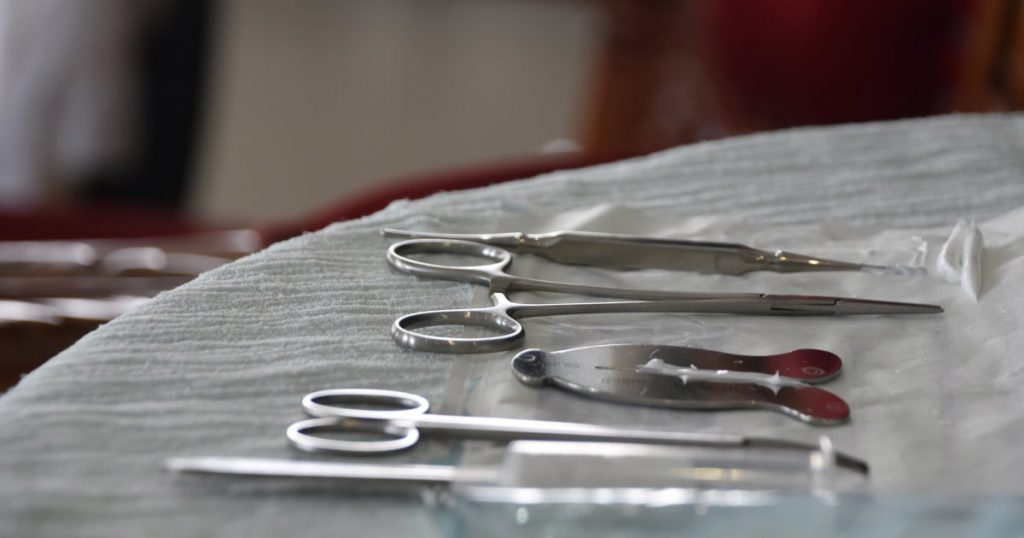If you’re planning to circumicate your baby this month, be prepared for a small shopping spree. You’ll need three things: the infant’s foreskin, a tractor and a gloved sterilized finger or a part of your index finger. You’ll also need a tool known as a ringworm blade (or pops ) to scrape the skin around the corona of the penis. There are a number of sorts of blades available, so look around a bit to find one that is most suited to your child’s needs.

Circumcision Equipment
A ringworm blade needs to be sterilized in some way before employing on babies. Take care not to use any alloy that has a negative reaction to the infant’s skin, though. Ringworm is usually sent via unhygienic conditions following circumcision, therefore it’s important to bear that in mind.
Circumcision Equipment
The foreskin itself needs to be brushed over the plastibell strip, which is like a bandage. When the foreskin is brushed within the plastibell, it can be tied with a bit of dental floss or thread. Following the foreskin has been tied, it can be readily removed (unfolded). Your doctor will advise you about how loose you ought to make it. Once the foreskin is off, the rest of the prep work can be finished.
Circumcision Equipment
The first thing that you will do is employ an anaesthetic, whether utilizing drugs, creams or syrups. An anaesthetic works by flushing skin over the corona of the penis. Most professionals prefer the inhalation of a moderate anti-anxiety drug, such as benzodiazepines, midazolam, halothane or propranolol, at least half an hour before operation. Once the anaesthetic happens, the job of cutting the baby's manhood starts. In most cases, the parent will maintain the kid by the scrotum and direct the surgeon through this procedure. As babies are usually unconscious once the process is performed, the parents may not be able to supervise the procedure.
Among the main dangers associated with circumcisions for kids and infants is that they are not as retractable as they should be. This means they have a reduced chance of having the ability to move the glans fully back from the corona. As a result of this, most guys who’ve had their babies circumcised have needed to undergo another procedure to re-grow the foreskin. Another risk is that the wound from the very first surgery might shift down the shaft of their penis. This may result in the baby boy’s penis being covered in small, painless bumps called venules.
The most common complications of a circumcision process, aside from infection, are bleeding and scarring. If insufficient care was obtained after the fact, or if the process was done too hastily, blood loss can happen. Other complications include penile damage, tight banding, delayed recovery or even incomplete discoloration. A boy or a woman that has been circumcised, though they may be fine now, could have long term consequences that need to be discussed with a doctor. Complications such as these generally require up to two weeks of hospitalization, in addition to multiple treatments.
Bacterial infections are among the most common complications of male circumcision. Among those diseases associated with balanoposthia is known as balanitis. This is a state where bacteria from the male genitals has been spread to the genital regions of the mother or the child. Another disorder brought on by balanoposthia is known as paraphimosis and is a condition at which parts of the skin on the body of their baby are infected with a parasite.
A very rare complication of male Circumcision Sydney which does happen is known as balanoposthia oticum. It is a rare kind of cancer of the lining of the urinary tract, and in certain rare instances, it may result in death. With those complications, most physicians will advise against performing any kind of ritual procedure on the manhood. The decision is really up to the parents as to whether they want to permit their baby to undergo a ritual which has the potential to cause them injury.

